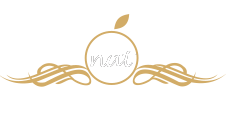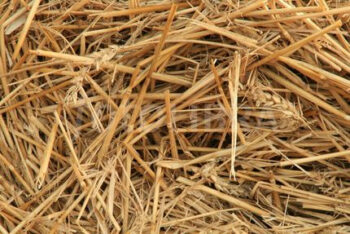WHEAT STRAW
WHEAT STRAW
Straw is an agricultural by-product, the dry stalks of cereal plants, after the grain and chaff have been removed. Straw makes up about half of the yield of cereal crops such as barley, oats, rice, rye and wheat. It has many uses, including fuel, livestock bedding and fodder, thatching and basket-making. It is usually gathered and stored in a straw bale, which is a bundle of straw tightly bound with twine or wire. Bales may be square, rectangular, or round, depending on the type of baler used.
USES OF WHEAT STRAW
- Current and historic uses of straw include
- Animal feed
- humans or livestock:
Straw may be fed as part of the roughage component of the diet to cattle or horses that are on a near maintenance level of energy requirement. It has a low digestible energy and nutrient content. The heat generated when microorganisms in a herbivore’s gut digest straw can be useful in maintaining body temperature in cold climates. Due to the risk of impaction and its poor nutrient profile, it should always be restricted to part of the diet. It may be fed as it is, or chopped into short lengths, known as chaff.
Basketry:
Bee skeps and linen baskets are made from coiled and bound together continuous lengths of straw. The technique is known as lip work.
Bedding
The straw-filled mattress, also known as a pallidness, is still used in many parts of the world.
It is commonly used as bedding for ruminants and horses. It may be used as bedding and food for small animals.



